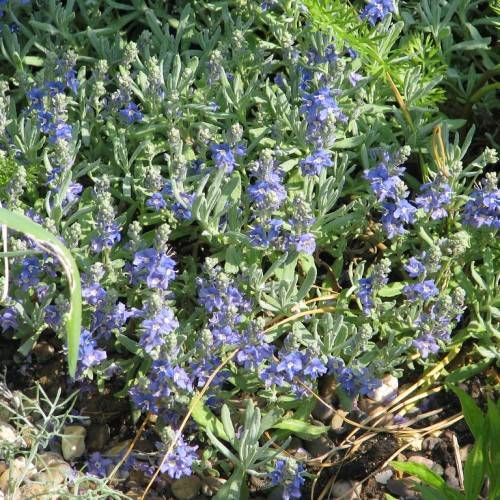
ash-colored speedwell
Veronica cinerea
Cycle:
Herbaceous Perennial
Watering:
Average
Hardiness Zone:
5 - 8
Flowers:
Flowers
Sun:
Full sun,part shade
Leaf:
Yes
Growth Rate:
Low
Maintenance:
Low
Drought Tolerant:
Yes
Salt Tolerant:
Yes
Care Level:
Medium
watering
Water ash-colored speedwell (Veronica cinerea) when the top inch of soil is dry. Water moderately until you start to see water flow from the bottom of the pot. Watering every 2-3 days is ideal. Make sure that you water thoroughly so that all the soil is moist. Allow the soil to dry out almost completely between waterings and then water deeply. Make sure not to over water, as this can lead to root rot.
sunlight
Ash-colored speedwell needs 6 to 8 hours of direct sunlight each day for best growth. It thrives in full sun during the morning and afternoon while the sun is high in the sky and at its brightest. This full sun cycle should be continuous for 3 weeks and then the plant will require 1 to 2 weeks of more filtered sunlight. The filtered sunlight can come during the mid to late afternoon when the sun is lower in the sky. This cycle should be repeated until the desired size and production is achieved.
pruning
Ash-colored speedwell should be pruned in early spring, when the new growth begins to appear. Pruning should be done sparingly, cutting away any dead, diseased, or damaged wood. Stems should be cut back to just above a new set of leaves in order to promote new basal growth. If the plant is growing too far out from the main stem, it should be lightly trimmed to retain a compact shape. It can also be lightly pruned after flowering in early summer to encourage a second flush of blooms.
